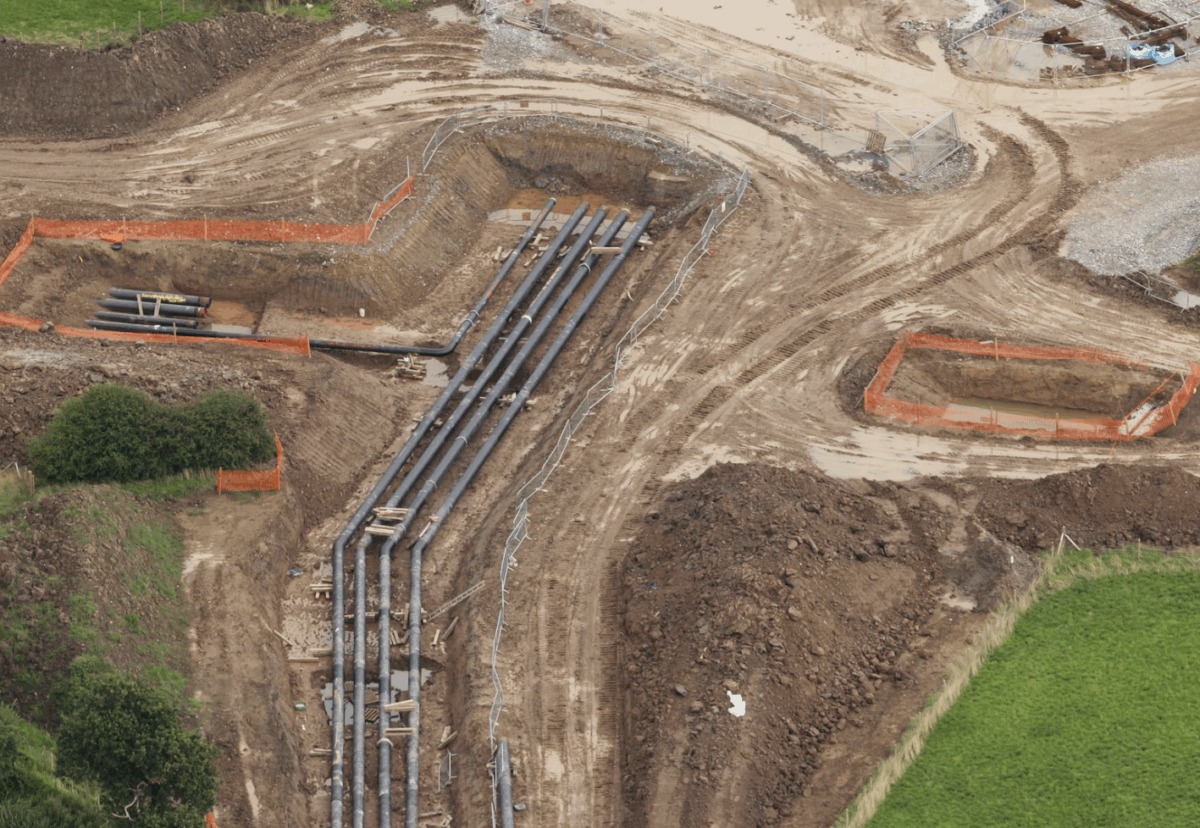Australia’s ‘Beam-Down’ Breakthrough: CSIRO Unveils Scalable Solar Hydrogen Reactor

In a significant step toward cleaner industrial energy, Australia’s national science agency, CSIRO, has unveiled a groundbreaking solar reactor that turns concentrated sunlight into green hydrogen.
Developed at the Newcastle Energy Centre with backing from the Australian Renewable Energy Agency (ARENA), this innovation could reshape how renewable hydrogen is produced at scale.
Unlike conventional solar thermal systems that focus sunlight atop a central tower, CSIRO’s beam-down design redirects solar energy to a ground-level receiver.
A field of heliostats (movable mirrors) directs sunlight onto a tower-mounted reflector, which then beams the energy down into a reactor. This configuration enhances efficiency, safety, and accessibility for high-temperature chemical reactions.
At the heart of the system is ‘doped ceria’
At the heart of the system is ‘doped ceria’, a modified version of the naturally occurring mineral ceria. When exposed to concentrated solar heat, the doped ceria releases oxygen.
When steam is introduced, the material reabsorbs oxygen from water molecules, producing hydrogen gas in the process. Notably, the doped ceria is reusable, enabling a two-step thermochemical cycle that is both efficient and sustainable.
The pilot reactor marks the world’s first demonstration of doped ceria used at this scale for solar hydrogen production. Early testing has shown promising efficiency rates, with solar-to-hydrogen conversion potentially exceeding 20%.
The system also opens doors for broader research applications from industrial hydrogen to high-temperature metal refining by offering ground-level accessibility to extreme thermal environments.
While green hydrogen production via electrolysis remains energy-intensive and costly, CSIRO’s beam-down reactor demonstrates a credible pathway to industrial-scale efficiency.
Researchers hope this solar-driven approach can accelerate the viability of hydrogen as a key player in Australia’s – and the world’s – clean energy transition.

